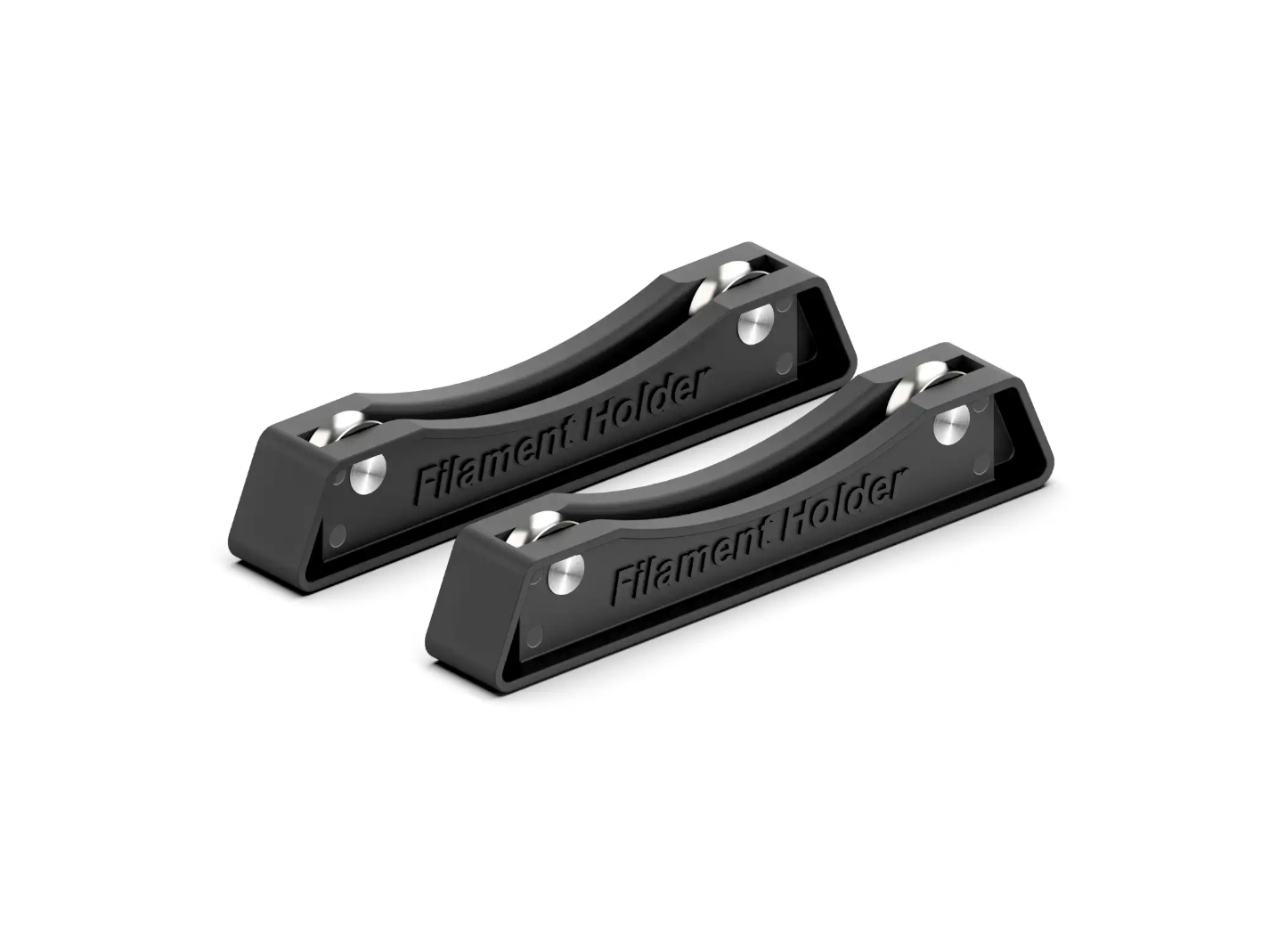Stronger, Lighter: Carbon Steel Suspension Components for the Next-Gen Automotive Industry
Introduction
Carbon steel 3D printing enables the creation of high-strength, lightweight suspension components that meet the rigorous demands of the next-generation automotive industry. By applying advanced metal 3D printing technologies like Selective Laser Melting (SLM) and Direct Metal Laser Sintering (DMLS), durable carbon steels such as AISI 4140 and Tool Steel MS1 are optimized for suspension arms, brackets, and structural nodes.
Compared to traditional forging and machining, carbon steel 3D printing for automotive suspension accelerates production, allows advanced lightweight geometries, and improves performance without sacrificing strength or durability.
Applicable Material Matrix
Material | Ultimate Tensile Strength (MPa) | Yield Strength (MPa) | Hardness (HRC) | Fatigue Resistance | Automotive Suitability |
|---|---|---|---|---|---|
950 | 655 | 28–32 | Very Good | Suspension arms, brackets | |
2000 | 1800 | 52–54 | Excellent | High-load suspension components | |
1500 | 1300 | 45–52 | Excellent | High-temperature load parts | |
2000 | 1850 | 52–54 | Excellent | Ultra-high strength automotive parts | |
1450 | 1250 | 40–50 | Very Good | Impact-resistant mounts | |
800 | 500 | 20–28 | Good | Gear-related suspension links |
Material Selection Guide
AISI 4140: With a tensile strength of 950 MPa and excellent machinability, 4140 is a prime choice for suspension brackets, control arms, and support structures where weight reduction and toughness are critical.
Tool Steel MS1 (Maraging Steel): Providing ultimate tensile strength up to 2000 MPa, MS1 is ideal for ultra-high-load suspension nodes, subframes, and performance chassis components.
Tool Steel H13: Known for superior thermal fatigue resistance and tensile strength of 1500 MPa, H13 is suited for load-bearing parts exposed to cyclic thermal and mechanical loads, especially in motorsports applications.
Tool Steel 1.2709 (Maraging 300): Capable of achieving a yield strength over 1850 MPa, 1.2709 is used for components needing maximum strength-to-weight optimization, ideal for electric vehicle and hypercar suspension systems.
Tool Steel H11: Offering toughness and impact resistance, H11 is ideal for suspension components subjected to shock loads, such as control arm pivot points and wheel carrier brackets.
20MnCr5: A low-alloy case-hardening steel, 20MnCr5 is used for lower-load structural components like steering knuckles and tie rod ends where wear and surface hardness are significant.
Process Performance Matrix
Attribute | Carbon Steel 3D Printing Performance |
|---|---|
Dimensional Accuracy | ±0.05 mm |
Density | >99.5% Theoretical Density |
Layer Thickness | 30–60 μm |
Surface Roughness (As-Printed) | Ra 5–12 μm |
Minimum Feature Size | 0.4–0.6 mm |
Process Selection Guide
Topology Optimization: 3D printing enables organic, lattice-reinforced suspension designs that cut weight by 25–35% compared to conventionally machined parts without reducing strength.
Superior Fatigue Resistance: Maraging steels like MS1 and 1.2709 maintain structural integrity under the high-cycle fatigue conditions experienced in dynamic suspension systems.
High-Impact and Thermal Endurance: Tool steels like H11 and H13 withstand impacts and thermal shocks, which are critical for off-road and performance vehicle suspension systems.
Rapid Customization and Iteration: Design changes can be rapidly implemented, and parts can be manufactured without retooling, accelerating next-generation automotive R&D timelines.
Case In-Depth Analysis: MS1 3D Printed Lightweight Control Arms for Electric SUV Platform
An EV manufacturer required lightweight, ultra-high-strength control arms for a next-generation electric SUV. Using our carbon steel 3D printing service with Tool Steel MS1, we produced control arms achieving tensile strength over 1950 MPa, yield strength of 1800 MPa, and density exceeding 99.5%. Topology optimization reduced component weight by 30% compared to forged steel alternatives, improving vehicle efficiency and extending range. Post-processing included HIP treatment and CNC machining for critical interface surfaces and final fit.
Industry Applications
Automotive and EV Manufacturing
Lightweight suspension arms, knuckles, and brackets for electric and performance vehicles.
High-load control linkages for off-road and racing applications.
Motorsports
Ultra-lightweight performance chassis and suspension parts.
Custom rapid-development suspension setups for racing vehicles.
Defense and Heavy Vehicles
High-strength suspension components for armored vehicles and tactical trucks.
Mainstream 3D Printing Technology Types for Carbon Steel Suspension Components
Selective Laser Melting (SLM): Best for precision high-strength suspension arms and brackets.
Direct Metal Laser Sintering (DMLS): Ideal for producing fatigue-resistant dynamic suspension structures.
Binder Jetting: Suitable for prototyping and larger, moderate-strength suspension parts.
FAQs
What carbon steel grades are best suited for 3D printed automotive suspension components?
How does carbon steel 3D printing reduce the weight of suspension parts?
What post-processing treatments are necessary for 3D printed carbon steel control arms?
How does 3D printing improve fatigue resistance in automotive suspension systems?
Can 3D printed carbon steel suspension components meet next-gen vehicle durability requirements?

